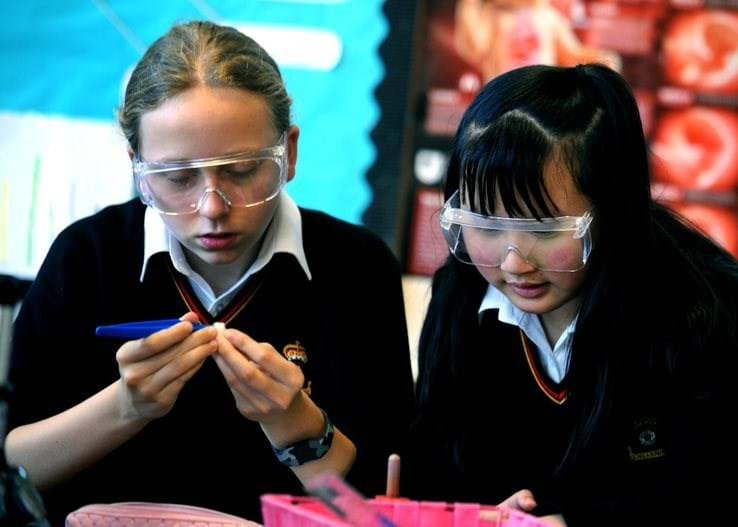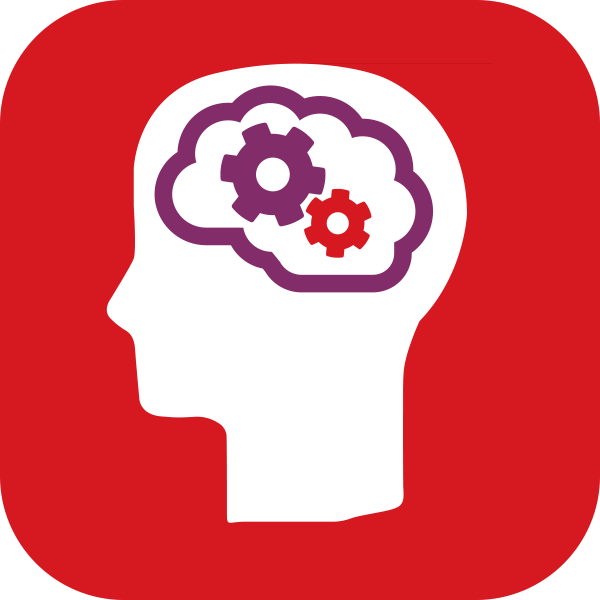“ ”
Our school is an 11-18 school which serves the community of Wolverhampton in the West Midlands. Wolverhampton is the 12th largest city in England and our intake reflects the size and diversity of the city and our Christian values underpin everything we do; each year, we welcome students from around 60 different feeder schools.
It follows that the information we receive from our primary schools will vary considerably, so we have created an information gathering system that’s the same for all new students. Key Stage 2 (KS2) SATs and the Cognitive Abilities Test (CAT4) are both integral to this process, and given the recent changes to SATs, we’ve relied on CAT4 even more over the last two years.
CAT4 and SATs
While the information we receive from SATs is very useful, we don’t want to make decisions based solely on one dataset. SATs alone don’t give us the full picture and CAT4 helps us to fill in the gaps; it gives our decision-making extra validation. It’s like being a detective, piecing together what a student is really like. CAT4 often provides the missing piece of the puzzle.
A vital part of our transition work is comparing CAT4 and SATs data. CAT4 provides us with a great way of identifying the children who have underperformed at KS2. Often, it’s not that they’re not able; it’s just that they didn’t have the stamina to complete the test or they simply had a bad day. If we solely used SATs scores, we would be giving them lower targets and not realising their full potential from the time when we first meet them at school. We’ve found kids with amazing potential that we wouldn’t have known about without CAT4.
On the other side of the coin, CAT4 also shows us the children who have overperformed on the SATs. You would, of course, find this out eventually after a few datasets – but half the academic year will have gone by then. We need this knowledge up front, right from the start.
Setting targets
It’s vital that we set goals that children can achieve. If they have the right targets, they feel as if they’re keeping up and can hold their own, which boosts their confidence.
From last September, our data manager started to place students’ SATs and CAT4 scores on the same table, and our strategic data team then looked closely at the anomalies – the students who have a high SATs score with a low CAT4 score, and low SATs with high CAT4 scores. When there’s this kind of mismatch, we use our judgement to decide on the right targets.
For the students who come to us without KS2 SATs, we use the retrospective KS2 SATs scores which CAT4 provides. The number of these students is increasing year on year – this academic year, around 20 students out of 180 didn’t come with SATs scores, so it’s even more vital we use CAT4 to give us the insights we’d otherwise be missing.
Our strategic data team - which meets weekly and consists of exams officer, SENDCO, data manager, members of the senior leadership team responsible for Pastoral, Teaching and Learning and Intervention leads, together with myself who leads the team - reviews the data together. We look mostly at the CAT4 Verbal Reasoning score and the mean score, but we also look at the other individual batteries, too.
Our English and maths departments, for example, work particularly closely on this. The maths department understands the importance of verbal ability in understanding maths given the amount of verbal content in maths lessons, and the English department uses students’ quantitative skills to support their lessons, too.
For students with lower verbal scores but higher quantitative scores, for example, the English department focuses on improving reading skills and including mathematical equations within English lessons – for instance, using time-related activities in An Inspector Calls. For children with higher spatial ability scores, they can draw out the shape of a poem or piece of text.
CAT4 gives parents confidence that we’ve got things right, too. We talk through their child’s scores and explain how they sit in the national context. They like that CAT4 is standardised on thousands of children and is used by so many schools across the country.

“ ”
“ ”
CAT4 beyond Year 7
Every year, we refer back to students’ CAT4 scores, particularly when they don’t perform as we expect and we don’t know why. Last year, a couple of girls in Year 8 exceeded their targets much earlier than expected. Looking at their CAT4 verbal results, they scored 141 which is at the top of the scale (the national average is 100), so they clearly needed to be challenged more.
We also had two students – a boy and a girl – in Year 11 who both had similar target grades based on their KS2 SATs scores, however they were performing very differently.
CAT4 showed a conflict in the girl’s scores; she had a lower CAT4 score than her KS2 SATs, and this started to unravel in Year 11. Had we known earlier, we would have taken the pressure off a bit.
When we looked at the boy’s scores, his SATs and CAT4 scores were both at the higher end of the scale, which showed he was a high flyer. We then felt justified in putting that extra layer of pressure on him.
It’s a delicate balance to strike between the child who needs to be pushed and those who need to be supported. Using CAT4, SATs and other data together is making a big difference. We can make more informed decisions when we have a better understanding of our students and have the evidence to back up our decisions.
Using CAT4 for GCSE options
CAT4 provides GCSE indicators for all subjects, so we use CAT4 to help students decide on their GCSE options, too. For example:
- We know from previous experience that students who want to take two Humanities subjects need to be strong in verbal reasoning as there will be a lot of prose to work through;
- We use CAT4 to help decide whether a student should take single or combined Science by looking at the mean score and each of the individual batteries;
- If students have a low SATs score and a low CAT4 score, we know they’ll need more support. Sometimes, this could be helped by taking one less subject to ensure they do well across all subjects rather than reaching their tipping point by doing more.
Sharing CAT4 data with staff
Given the value we get from CAT4 data, we wanted to share results and insights to all of our heads of department and teaching staff. Our strategic data team led the initiative and rolled out CAT4 training across the board.
Each head of department now knows which battery they should specifically look at – our Design and Technology department takes a particular interest in the spatial battery, for instance, as spatial ability is based on the mental manipulation of shapes and has strong links to success in Science, Technology, Engineering and Maths (STEM) subjects.
We now have a much stronger and more reliable system. We’re pleased that by using CAT4 data in this way, we’re getting to the students’ needs much quicker.
“ ”


